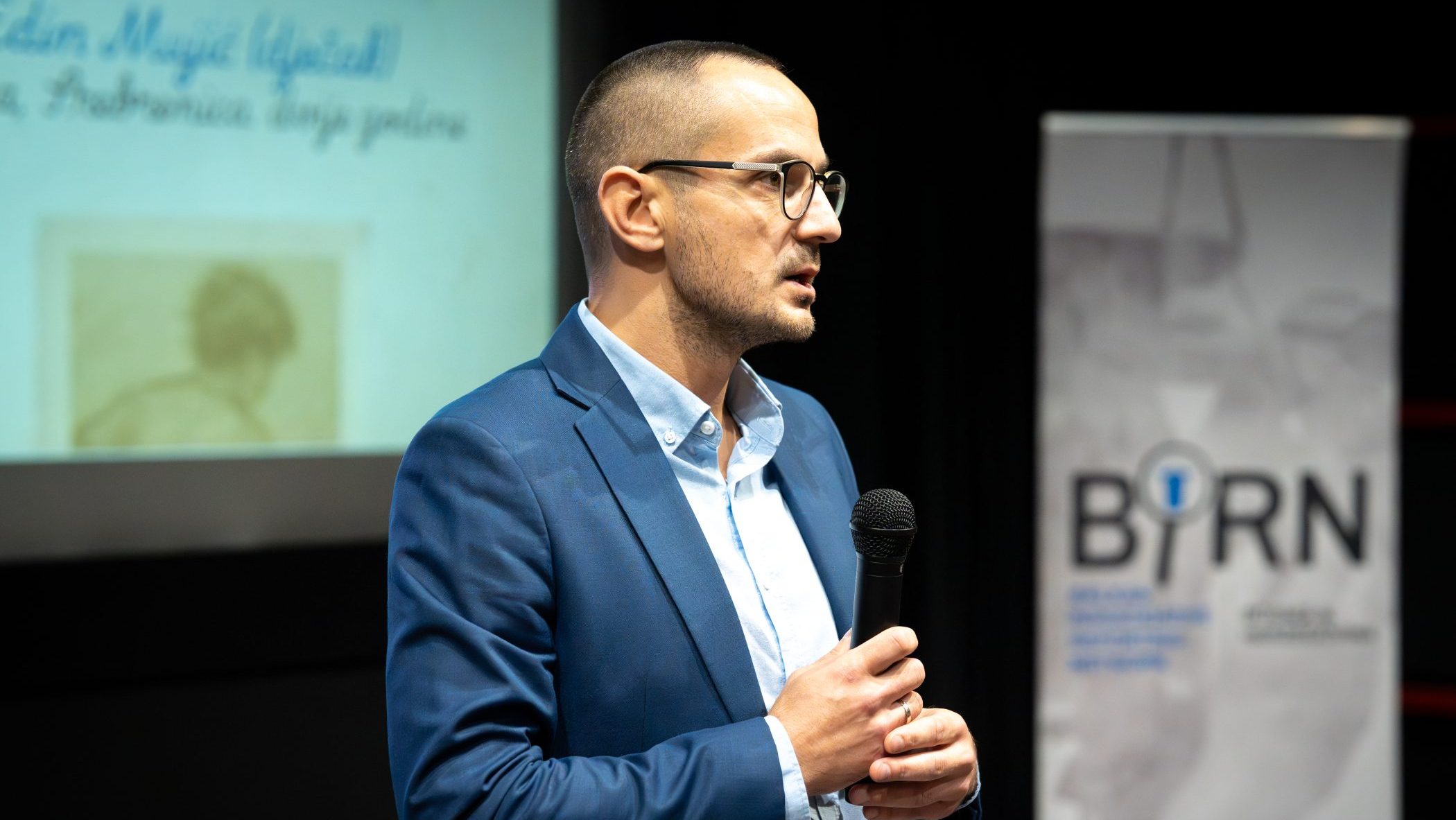This post is also available in: Bosnian
Tucker, who was Military Assistant to Philippe Morillon, UNRPOFOR Commander in Bosnia and Herzegovina, said that, in the mentioned period of time the VRS undertook an offensive aimed at narrowing the enclave and stuffing thousands of Bosniak refugees into the town itself.
I got an impression that refugees believed that the whole thing could only end with their death, said Tucker, who was in Srebrenica on March 11 and 12, 1993 along with French General Morillon in an attempt to stop an offensive conducted by Serb forces. He said that, upon their arrival, they saw that the situation was horrible, so Morillon announced that Srebrenica would be declared a United Nations, UN protected zone, which the Security Council did later on.
Radovan Karadzic, former President of Republika Srpska, RS, is charged with genocide in Srebrenica and seven other municipalities in Bosnia and Herzegovina, persecution of Bosniaks and Croats all over Bosnia and Herzegovina, terror against civilians in Sarajevo through long-lasting shelling and sniping and taking members of the UN peace forces hostage in the period from 1992 to 1995.
As he said, the town was overcrowded with civilians, who sought shelter in the town. The witness said that most of the civilians were victims of ethnic cleansing in other areas and that some of them had to flee several times. The witness explained that the VRS not only opened fire at the population, but also the UNPROFOR, whose members were trying to bring humanitarian aid.
Tucker pointed out that Bosnian Serbs purposely and constantly obstructed the passage of humanitarian convoys to Srebrenica.
He said that the offensive conducted in Srebrenica was in line with a plan on a map he saw in the office of Vinko Pandurevic, Commander of the VRS Zvornik Brigade, in March 1993. The Hague Tribunal sentenced Pandurevic to 13 years in prison for persecution and other crimes committed against Bosniaks in Srebrenica in July 1995.
According to Tucker, the situation in the field was correctly described in a combat report issued by a VRS unit on March 17, 1993, which was presented to him by the Prosecutor. The mentioned report says that the Commander decided to pressure the enclave using a part of his forces in order to force Muslims to surrender. He said that Bosniak forces in Srebrenica consisted of poorly armed civilians- refugees, who were attacked.
There were no organised military units. They had few guns and almost no ammunition. They did not have grenades for the one tank they had, Tucker said.
The witness, who attended numerous meetings between Morillon and Karadzic and VRS Commander Ratko Mladic, said that Mladic gave approval for 20 trucks to bring food to Srebrenica on March 27, 1993 and evacuate women and children from the enclave on their way back.
However, during the evacuation a disaster happened, when some of the civilians were ran over because people started panicking as they were getting on the trucks, Tucker said.
Ratko Mladic, who is charged with genocide and other crimes committed in Bosnia and Herzegovina, is awaiting trial before The Hague Tribunal.
Tucker said that in 1992 and 1993 the VRS terrorised the population in Sarajevo by constant shelling, which could only have been done with the approval of high-level commanders.
Karadzic is due to cross-examine Tucker on Wednesday, January 18. R.M.

